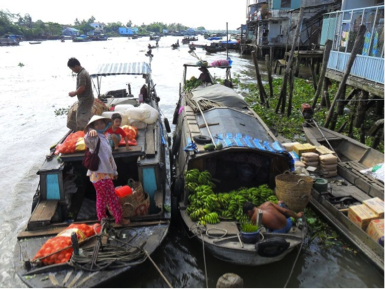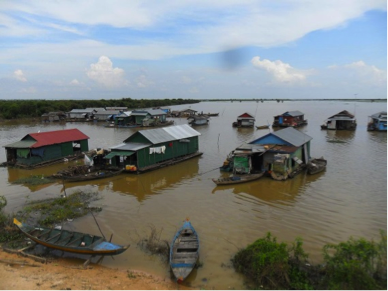Module 10: Smart Building
Introduction
Most deltas around the world are in a declining state, as we learned in Module 2. Human population has been increasing on deltas and coastal zones generally around the world, making them the focus of urbanization and economic development. It is estimated that within the next few decades, roughly half the world’s population will be living in within the coastal zone. With increasing populations come big challenges to maintain ecosystem services and functions that are essential for food supply, critical management of key resources, and maintenance of socio-economic development. This, however, is only the beginning. As we learned in previous modules, coastlines and modern society are further challenged by a changing global climate, placing additional pressure on the need to address changing coastlines in response to a variety of uncertainties. How will we adapt to increased flood risks from sea level rise and more intense storm events; water scarcity from droughts; watershed degradation; possible shifts in river discharge; subsidence; and many other dilemmas related to the dynamic nature of coastal zones and a changing planet?


